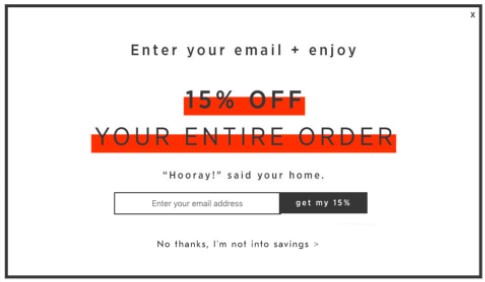First Week: Cognitive Basics in the HCI field
1/Affordances
Affordances are a crazy example of how we behave as humans and how we get used to stuff whether they are well or poorly designed, these are two bad affordances that were the first discover of poor design in my life.
Bad Button: Having to press the button that unlocks a gate and open it at the same time when the button is not on the door is one of the most rageful and disturbing bad affordances I’ve seen in my life, especially when I carry heavy stuff. Forcing the simultaneity when the button is not on the object you push is really a bad affordance and I’ve failed to naturally get out of a friend’s house numerous times because I can’t quite grasp that logic. Whether it is discoverability or understanding, this gate fails me every time. To fix it, either you put the button where you push (ie the gate) or you put a timer in order to do it with one hand.
Although I can’t find good affordance in my everyday life except for doors to push or pull according to their design, there is one affordance that has raised the question of design since day one in my life:

This wonderful piece of technology which design was made for 3100’s kids who will have 3 hands because of GMO and nuclear disasters was in my hands when I was 2 years old as my older brother had it for christmas. It started my love for video games but I remember how I couldn’t play without him because I couldn’t reach the good buttons, as I wasn’t putting my hands in the good place. It was designed for both 3D (using right and middle) and 2D (using right and left) games but the late 90s were more about 3D so the left grip was actually obsolete, but how can a young kid manage to figure this out by himself? It took me many years and a deep video game culture understanding to realise why there was this left grip. As opposed to this alien artefact, new Xbox controllers are well designed and must come from HCI researchers’ work.
2/ GESTALT LAWS
To be honest I thought it over and over again and at the end I couldn’t find such applications, I thought it was because I couldn’t understand the laws well, but then I stumbled upon this pearl: https://userinyerface.com/ by Bagaar, and it made everything so clear, every single aspect of gestalt laws are represented here. You should experiment it yourself to understand how. To put it simply, it exploits every single shortcut our design-experienced brains can possibly use while filling forms, which is based on gestalt laws so every shortcut we take by filing missing info (here the info is actually there but extremely bad design makes us disrupt it and fill it according to gestalt laws . So I thought it was definitely on point.

You would definitely close this popup about time left by pressing the big green button because both the color and the placement are shortcuts for your brain in order not to read. But here you’ll have to take a closer look in order to keep filling your form…. Good luck with that…
3/ DARK DESIGN PATTERNS
a) Instagram’s use of the heart instead of the world notification of facebook is a dark design pattern to me, because the company is totally aware of the importance of this kind of social network for self esteem. The old world notification meant you were connecting to the world in a brand new way whereas the use of a heart whenever someone follows you explicitly means you get love from your peers. Therefore, if you’re a low self-esteemed teenager you’ll definitely chase those hearts which, at the end of the day, don’t mean much about your true worth as a person. It somehow shifts the way we consider our worth as people. The opposite would be to change it back to the world thumbnail obviously or to go further in this direction, to put a mouse or finger thumbnail to show that the person that liked isn’t really that much into you nor your content as it was just a 1 sec click. I think we would be less apprehensive of whether we do or do not have new notifications.

b) Confirmshaming is a manipulation that’s very old but is increasingly used because the advertising world has to follow the fierce online competition, therefore they’ll use everything in their power (I sometimes wonder whether it’s 100% legal) to attract you, including trying to shame you for not doing what they want by phrasing your negative answer in a very specific way. Famous TV show south park tackles it with (as always) lot of humour and criticism: https://youtu.be/3KT9IUd_Cnc but it can’t get as good as this in real life so here are some true examples:

At first sight, this one seems harmless and logical but if you dive a bit into what it truly means, it is definitely shaming you by assuming you have no will to provide for your kids and family if you don’t give your email address. It’s not that far from Randy’s misadventure at the (rich and politically correct) Mall actually…
 This one is closely related but they try a more direct approach that almost sounds like humor, it is more based on basic logic than some insidious psychological questioning about yourself like the previous one.
This one is closely related but they try a more direct approach that almost sounds like humor, it is more based on basic logic than some insidious psychological questioning about yourself like the previous one.
The opposite would be quite funny: instead of shaming the user, the company would be 100% honest and fair and explain how they lose money if you don’t put your email address or create an account by showing you data on how a customer is more likely to buy again if they manage to link you to their advertising network, so much so that the 20% means nothing to them.